Your cart is currently empty!
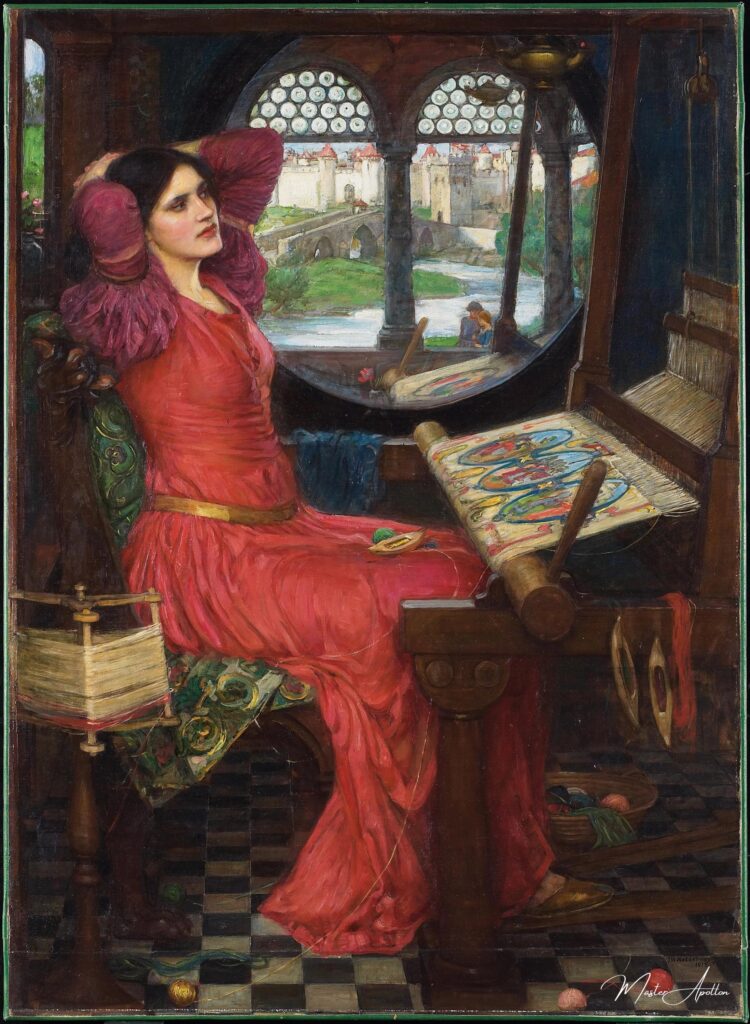
I am Half sick of Shadows said the Lady of Shalott – John William Waterhouse
Immerse yourself in the haunting beauty of “I am Half sick of Shadows,” a masterful oil painting reproduction of John William Waterhouse’s iconic work. This exquisite piece captures the poignant moment of the Lady of Shalott, a figure caught between the enchanting world of Camelot and the isolation of her tower. The delicate brushstrokes and rich color palette evoke a sense of longing and melan…
“I Am Half Sick of Shadows,” Said the Lady of Shalott – John William Waterhouse
John William Waterhouse’s 1915 painting “I Am Half Sick of Shadows,” Said the Lady of Shalott is a poignant and visually stunning interpretation of Alfred Lord Tennyson’s famous poem The Lady of Shalott. Known for his ability to merge literature with visual art, Waterhouse captures the melancholic essence of the Lady of Shalott’s life, caught between isolation and longing, with remarkable sensitivity.
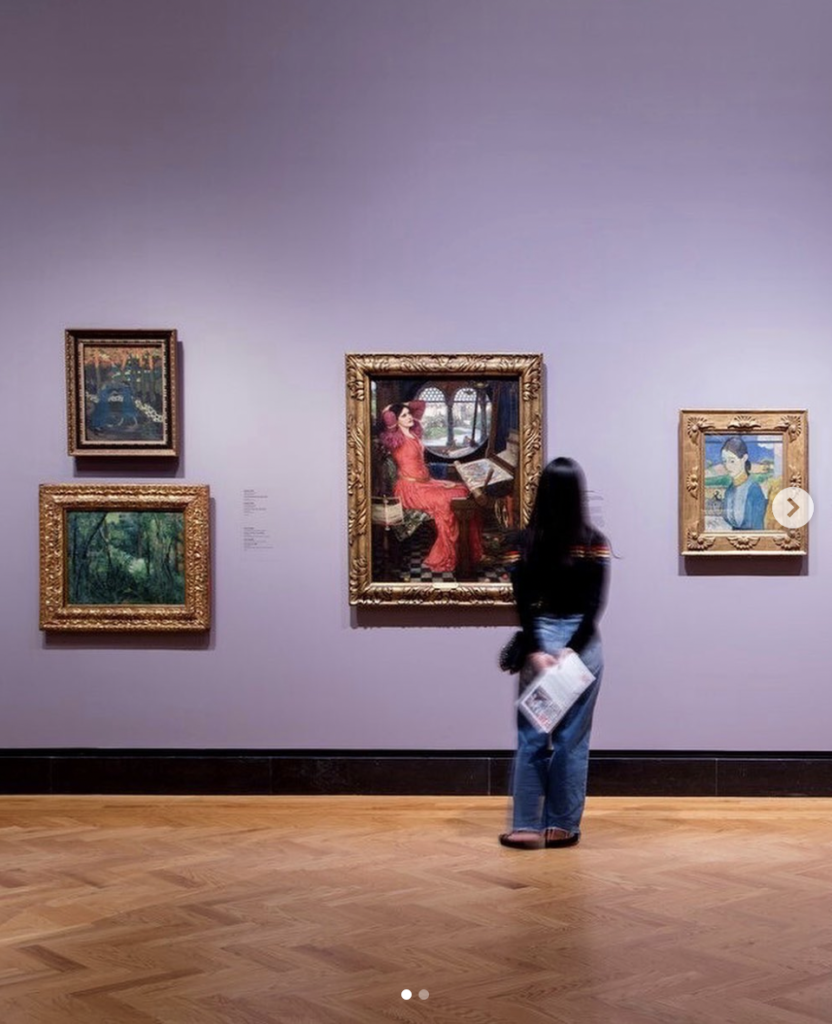
The Narrative Behind the Painting
Tennyson’s The Lady of Shalott tells the story of a young woman cursed to live alone in a tower, weaving a tapestry that reflects the outside world, which she can only observe through a mirror. She is forbidden from looking directly at life beyond her secluded existence. Waterhouse depicts her in a moment of introspection, as she pauses from her weaving and speaks the famous line, “I am half sick of shadows.”
This moment encapsulates her weariness with her shadowy, indirect experience of life and her yearning for a deeper connection with the world beyond her confines.
Composition and Imagery
1. The Lady’s Contemplation
Waterhouse places the Lady at the center of the composition, seated at her loom. Her expression is wistful, with a hint of sadness, reflecting her inner turmoil. She gazes downward, lost in thought, her longing almost palpable.
2. Rich Details in the Tapestry
The loom and tapestry are intricately detailed, showcasing the vibrant and dynamic world she observes only through her mirror. The tapestry’s richness contrasts with her own dimly lit surroundings, emphasizing the divide between her isolation and the lively world outside.
3. Symbolic Elements
- The Mirror and Shadows: The round mirror in the background reflects a distorted view of the world she cannot directly experience, symbolizing her limited perspective.
- The Red Thread: The red thread trailing from her loom may signify the lifeblood of her creativity and the emotional strain of her endless weaving.
- The Tower’s Interior: The sparse and shadowy interior of the tower contrasts sharply with the vibrant tapestry, reinforcing her isolation.
Themes and Interpretation
1. Isolation and Yearning
The painting captures the emotional weight of isolation. The Lady’s quiet yet intense expression reveals her growing dissatisfaction with her limited existence. Her yearning for a fuller life resonates universally, making this scene deeply relatable.
2. The Artist’s Parallel
Waterhouse draws a parallel between the Lady’s weaving and the act of artistic creation. Just as she weaves her tapestry from reflected images, artists often work within the confines of their own perceptions, striving to capture life’s essence.
3. Beauty and Tragedy
While the painting is undeniably beautiful, it is imbued with an underlying tragedy. The Lady’s predicament is one of inescapable constraint, and her eventual rebellion against her curse will lead to her demise. Waterhouse masterfully balances this duality of beauty and sorrow.
Waterhouse’s Artistic Touch
Waterhouse’s treatment of “I Am Half Sick of Shadows” is a testament to his Pre-Raphaelite influences and his ability to infuse literary subjects with emotional depth. His use of light, texture, and color creates a hauntingly evocative atmosphere that immerses viewers in the Lady’s world.
1. Light and Shadow
The soft, golden light illuminating the Lady contrasts with the darker tones of the tower, symbolizing her inner light and vitality against the shadow of her confinement.
2. Color Palette
The painting features a harmonious blend of warm and cool tones. The vibrant colors of the tapestry are juxtaposed with the muted tones of the tower, reflecting the stark divide between the Lady’s inner and outer worlds.
3. Attention to Detail
From the folds of the Lady’s gown to the delicate patterns of the tapestry, Waterhouse’s meticulous attention to detail enhances the painting’s richness and invites close observation.
Legacy and Modern Resonance
“I Am Half Sick of Shadows,” Said the Lady of Shalott remains one of Waterhouse’s most celebrated works. Its themes of isolation, longing, and the artist’s struggle to capture life continue to resonate with contemporary audiences.
The painting has inspired countless interpretations in literature, art, and media, serving as a reminder of the enduring power of Tennyson’s poem and Waterhouse’s visual storytelling.
Conclusion
Waterhouse’s “I Am Half Sick of Shadows” is a masterpiece that combines literary depth with artistic brilliance. Through his depiction of the Lady of Shalott, he invites viewers to reflect on themes of isolation, creativity, and the universal longing for connection.
In this painting, Waterhouse not only pays homage to Tennyson’s poem but also creates a timeless work that speaks to the heart of the human experience.
John William Waterhouse
John William Waterhouse was a British painter known for his enchanting depictions of mythological and literary themes, characterized by rich colors, emotional depth, and a focus on female figures that often evoke a sense of longing and beauty.

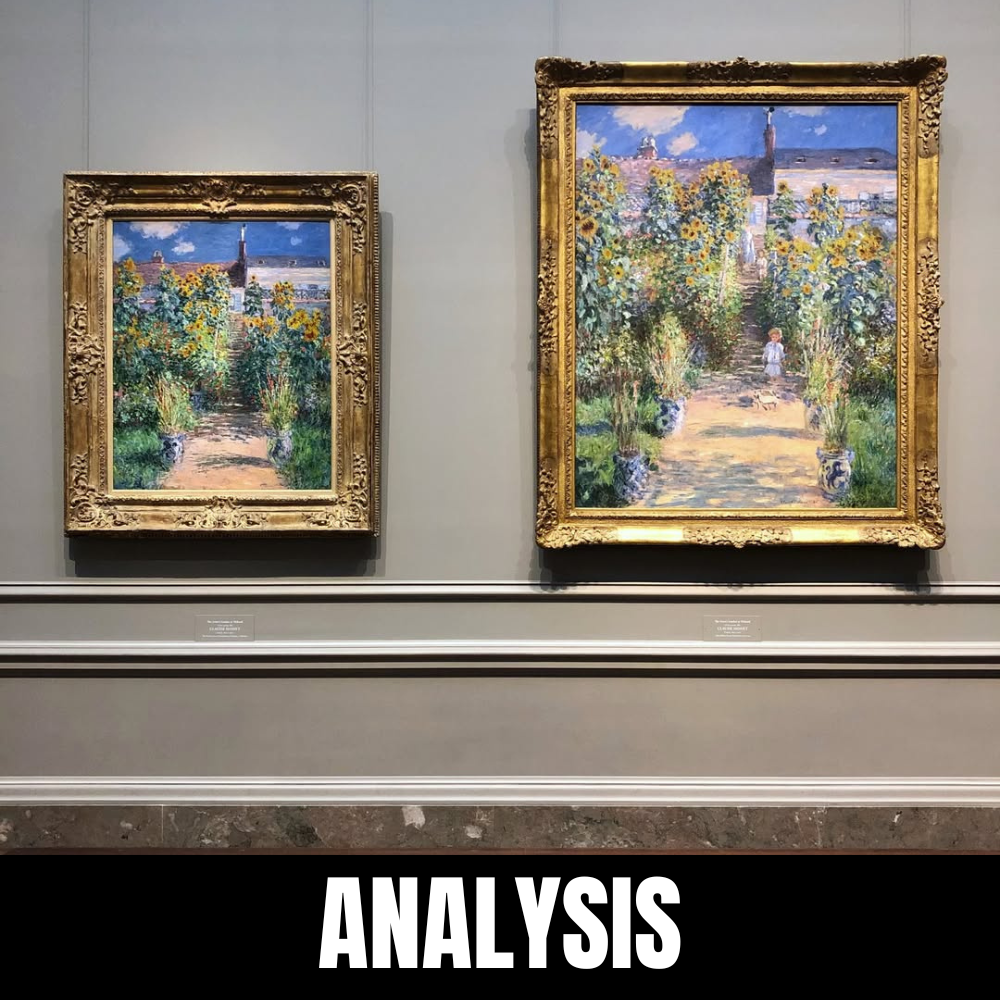
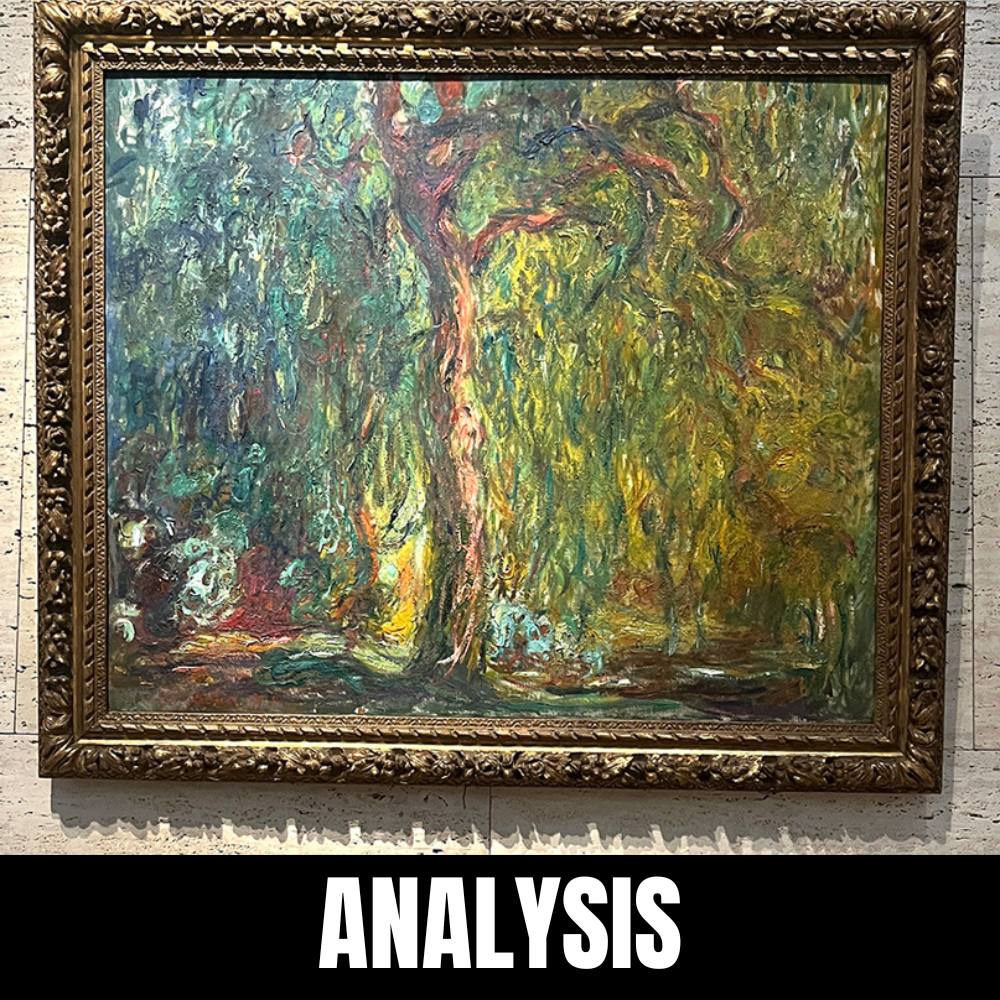
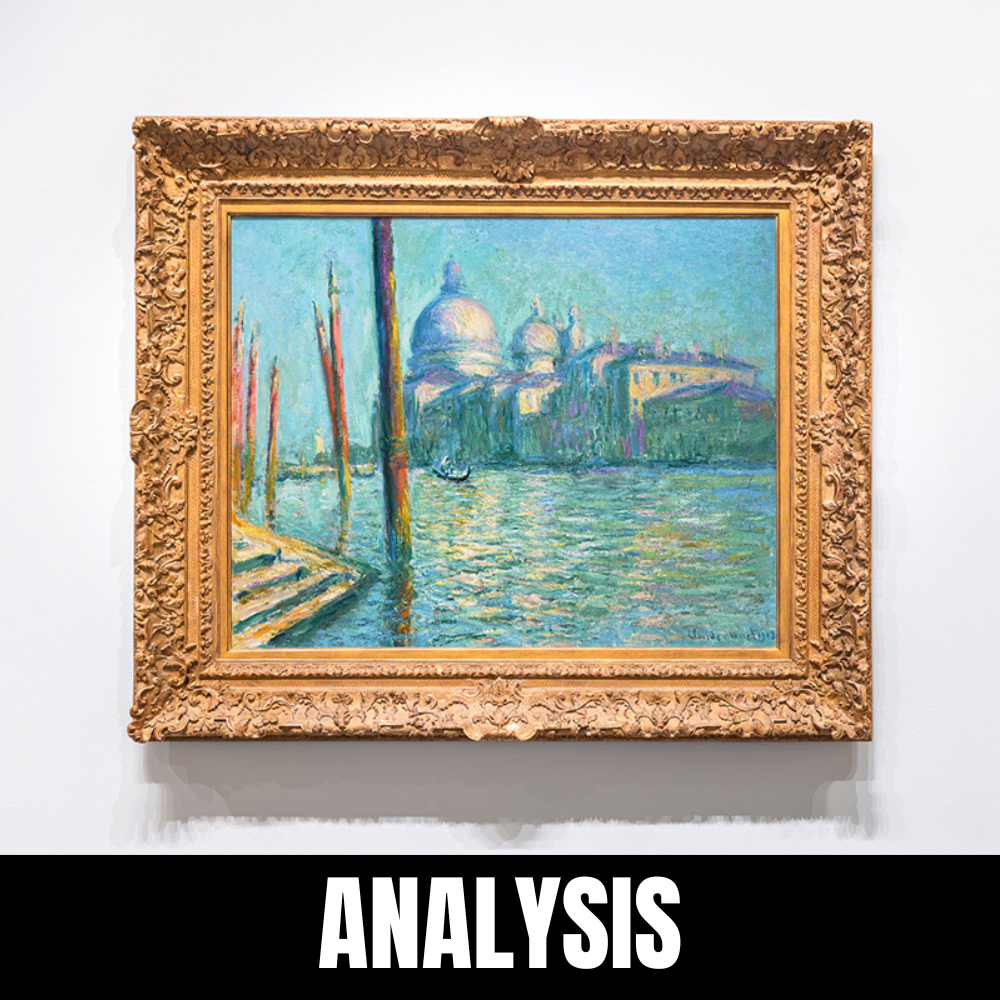
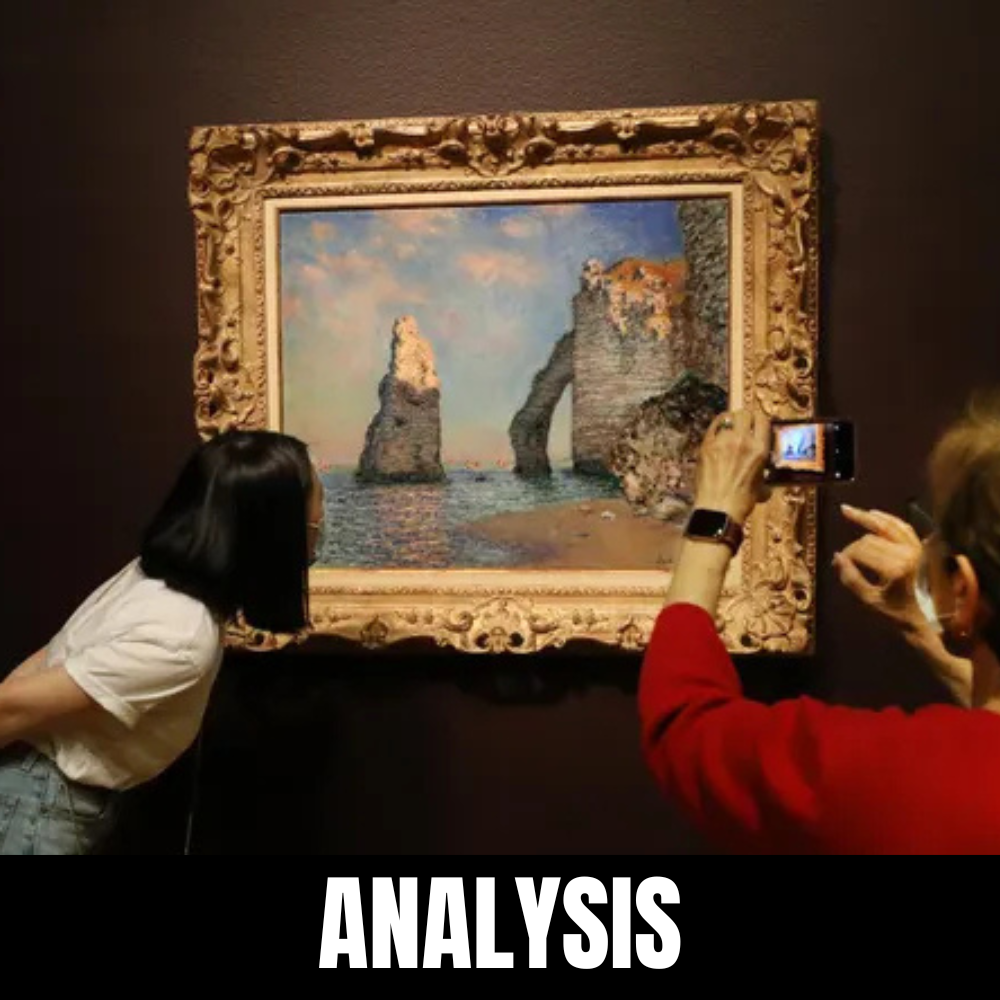
Leave a Reply